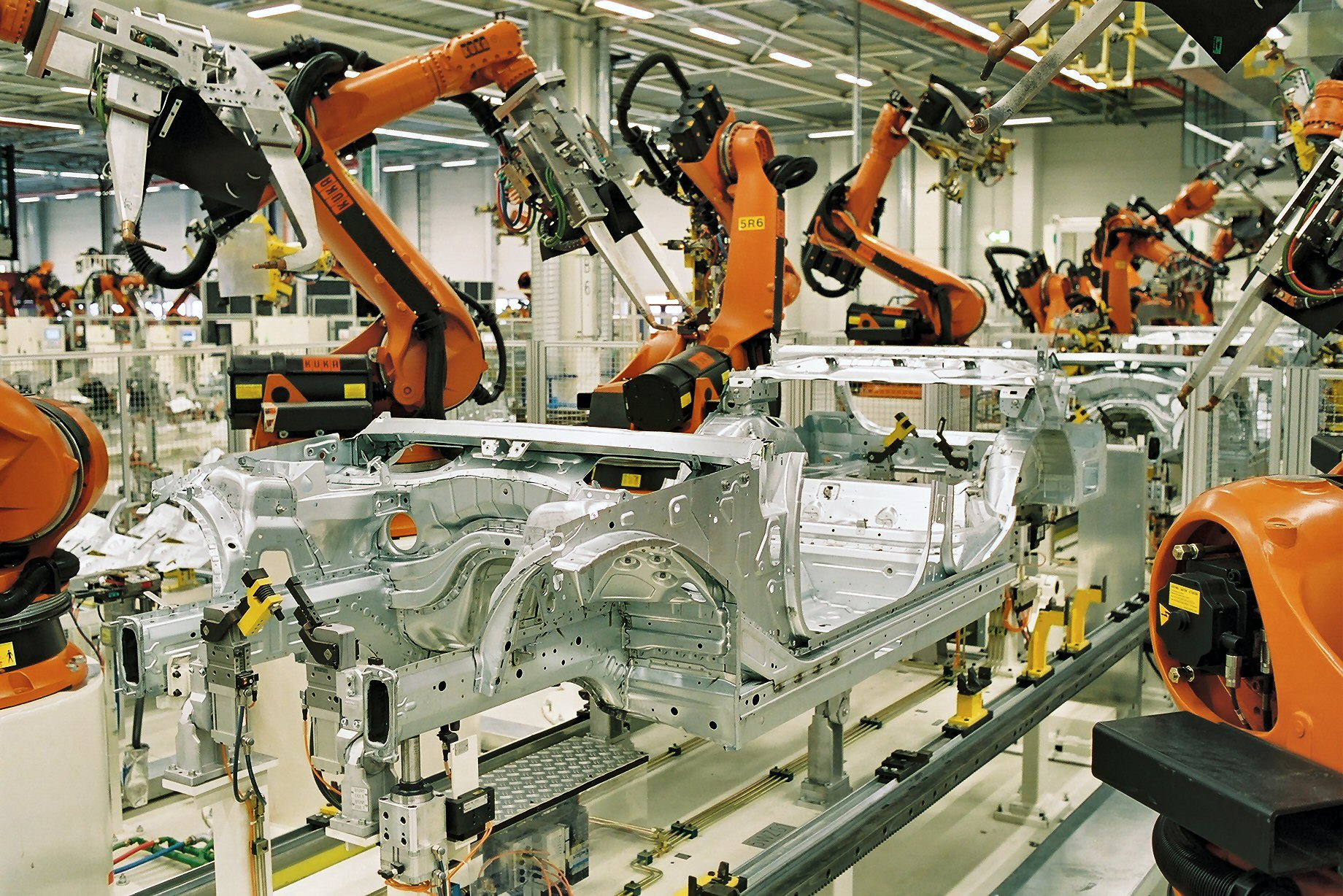Introduction:
Begin by setting the stage for how AR and VR are changing the landscape of education. Mention the growing interest in these technologies across industries and how they’re starting to impact schools, universities, and online learning platforms. You could start with an intriguing fact or example:
“AR/VR-based learning led to a 40% improvement in learner retention compared to traditional classroom training.”
This sets up the idea that AR and VR aren’t just fads—they’re powerful tools that can enhance the educational experience.
What Are AR and VR?
Before diving into applications, provide a quick explanation for readers who might not be familiar with these technologies.
- Augmented Reality (AR): AR, or augmented reality, improves the physical environment by superimposing digital elements—like Pokémon Go or IKEA’s AR furniture app—onto the physical world using gadgets like smartphones or AR glasses.
- Virtual Reality (VR): Creates a completely immersive experience by substituting a digital environment for the real one, usually with a virtual reality headset (such as the Oculus Rift or HTC Vive).
How AR and VR are Enhancing Educational Experiences
Immersive Learning Environments
AR and VR create learning environments that are engaging and interactive, helping students experience topics firsthand. You could include examples like:
- History: Students can “walk” through ancient civilizations or historical landmarks using VR, gaining a much deeper understanding than through textbook descriptions alone.
- Science: AR allows students to interact with 3D models of molecules, organs, or the solar system, providing a tactile, visual experience that deepens understanding.
Hands-on Experiences in Risk-Free Environments
One of the biggest advantages of VR is the ability to perform complex tasks in a virtual, controlled setting. In fields like:
- Medicine: VR can be used to simulate surgeries, allowing students to practice without risk.
- Engineering: Virtual simulations let students test prototypes or machinery without the need for physical models.
Global Learning and Remote Classrooms
AR and VR can break down geographical barriers, making education accessible to students anywhere:
Specific Use Cases in Education
K-12 Education:
- Interactive Math and Science: Imagine a middle school student learning geometry by manipulating 3D shapes in AR or understanding chemistry through virtual lab experiments.
- Language Learning: AR can help students engage in language learning by superimposing vocabulary or sentences onto real-world objects, creating an immersive language environment.
Higher Education & Vocational Training:
- Medical and Healthcare Fields: VR is already being used to train medical students by simulating surgeries and patient interactions.
- Engineering and Architecture: Students can design structures and visualize their creations in 3D with AR and VR, simulating real-world conditions before actual construction begins.
Corporate Learning:
AR and VR can also be used for corporate training, helping employees learn new skills or processes in a controlled, immersive environment. For example:
- Safety Training: VR can simulate hazardous environments where employees can practice emergency protocols without danger.
- Customer Service Training: VR can place employees in simulated customer interactions to help them practice handling difficult situations.
Benefits of AR and VR in Education
- Enhanced Engagement: The immersive nature of AR and VR captures students’ attention better than traditional learning methods, improving focus and reducing distractions.
- Better Retention: Studies show that experiential learning (learning by doing) leads to better retention of information.
- Accessibility: These technologies make learning more accessible to students with disabilities. For example, AR can help visually impaired students by providing real-time information through audio feedback.
- Personalized Learning: AR and VR can tailor the experience to individual learning styles, helping students at different levels or with different needs.
Challenges and Limitations
While the potential is immense, there are still hurdles to overcome:
- Cost: High-quality AR/VR equipment (like headsets and devices) can be expensive, making it difficult for schools with limited budgets to implement these technologies.
- Content Development: The creation of engaging, high-quality AR and VR content requires significant investment in time and resources.
- Technical Issues: Some schools may face challenges in terms of infrastructure (high-speed internet, sufficient hardware) to effectively use these technologies.
- Student Discomfort: VR, in particular, can cause motion sickness or discomfort for some students, which may limit its use for long periods.
The Future of AR and VR in Education
The future is bright for AR and VR in education. As the technology becomes more affordable, we’ll likely see:
- Wider Adoption: More schools and universities incorporating AR and VR into their curriculums.
- Gamification: As AR and VR allow for more gamified experiences, we could see education becoming even more interactive and fun.
- Artificial Intelligence Integration: AI could personalize AR/VR experiences, making learning even more tailored to individual student needs.
- Collaboration with Industry: Universities and tech companies may work together to create industry-specific AR/VR training simulations that prepare students for real-world jobs.
Conclusion
Summarize the transformative impact of AR and VR in education. Emphasize how these technologies are creating dynamic, interactive, and personalized learning experiences.
“As AR and VR continue to evolve, the classroom of tomorrow may be more immersive, engaging, and accessible than ever before. The question is no longer ‘Will these technologies revolutionize education?’ but ‘How quickly can we harness their potential?”











